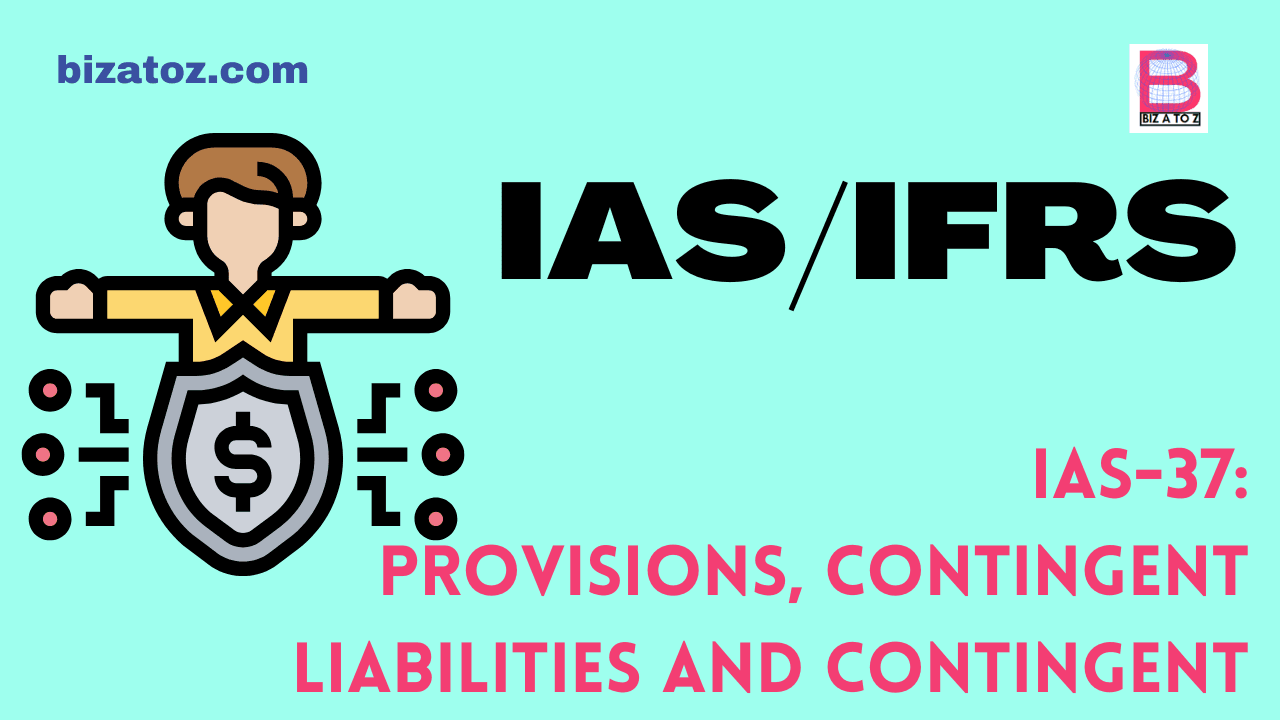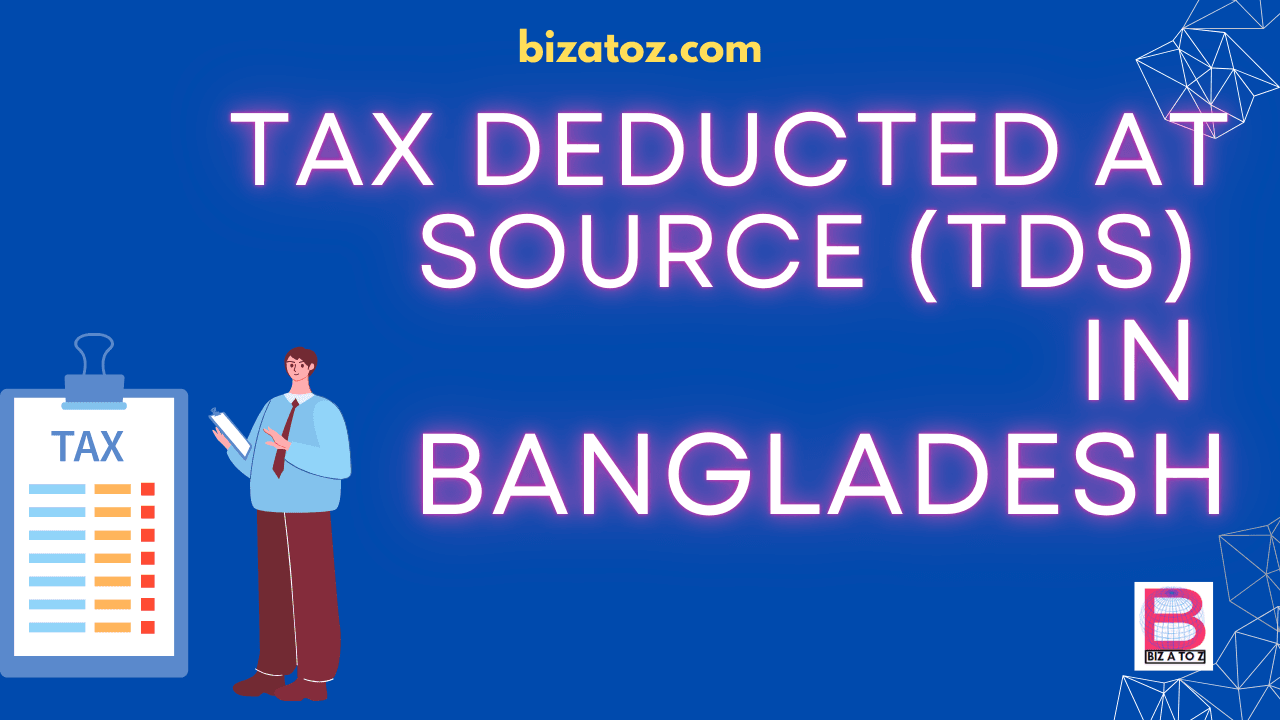
Click here to Read this Article in Bangla (এই লেখাটি বাংলায় পড়তে এখানে ক্লিক করুন)
Introduction
The International Accounting Standards Board (IASB) has introduced IFRS 18: Presentation and Disclosure in Financial Statements, a new standard that aims to improve the structure and transparency of financial reporting. This standard is effective for annual reporting periods beginning on or after 01 January 2027, but companies are permitted to apply IFRS 18 before that date. This standard replaces IAS 1: Presentation of Financial Statements and introduces significant changes to how companies present their income statements and disclose key performance metrics.
Here, we’ll explore the key aspects of IFRS 18, its implications for businesses, and provide practical examples to illustrate its application.
1. Key Changes Introduced by IFRS 18
IFRS 18 brings several important updates to financial reporting, including:
1.1 New Income Statement Structure:
- Requires companies to categorize income and expenses into operating, investing, and financing sections.
- Introduces defined subtotals like “operating profit” to enhance comparability.
1.2 Enhanced Disclosures on Management-Performance Measures (MPMs):
- Companies must explain how non-IFRS measures (e.g., EBITDA) are calculated and reconcile them to IFRS figures.
1.3 Improved Aggregation & Disaggregation Rules
- Financial statements must present meaningful groupings of items to avoid misleading aggregation.
1.4 Stricter Guidance on Unusual Items
- Requires separate disclosure of significant income/expenses that are unusual in nature or amount.
1.5 Improve consistency between the income statement and cash flow statement
- The new standard mandates a structured categorization of income and expenses into operating, investing, and financing activities, mirroring the cash flow statement’s classification. This harmonization reduces discrepancies between profitability (income statement) and liquidity (cash flow statement), providing investors with a clearer, more cohesive financial picture.
2. Examples Illustrating IFRS 18 Requirements
2.1 Example 1: Revised Income Statement Format for Manufacturing Company:
- Under IFRS 18, a manufacturing company’s income statement may look like this:
| Income Statement (Extract) | $ in millions | Categories |
| Revenue | 500 | Operating |
| Cost of Sales | (300) | |
| Gross Profit | 200 | |
| Other Operating Income | – | |
| Operating Expenses | – | |
| – Selling & Marketing | (50) | |
| – Research & Development | (20) | |
| – Administrative Costs | (30) | |
| Operating Profit (New Subtotal) | 100 | |
| Investing Income/(Expenses) | Investing | |
| – Dividend Income | 10 | |
| – Share of profit and gains on disposal of associates and joint ventures | – | |
| – Loss on Sale of Equipment | (5) | |
| Profit Before Financing & Tax | 105 | |
| Financing Costs | Financing | |
| – Interest expense on borrowings and lease liabilities | (15) | |
| – Interest expense on pension liabilities and provisions | – | |
| Profit Before Tax | 90 | |
| Income Tax Expense | (20) | Income Taxes |
| Profit from Continuing Operations | 70 | |
| Loss from discontinued operations | – | Discontinued Operations |
| Profit | 70 |
The new structure clearly separates operating, investing, and financing activities, making it easier for investors to assess performance.
2.2 Example 2: Revised Income Statement Format for Insurance Company:
- Under IFRS 18, an insurance company’s income statement may look like this.
| Income Statement (IFRS 18 Format) | $ in millions | Categories |
| Insurance Revenue (IFRS 17) | 1,000 | Operating Profit |
| Insurance Service Expenses | ||
| – Claims & Benefits Paid | (600) | |
| – Acquisition Costs | (100) | |
| – Operating Expenses | (50) | |
| Unusual Item: Catastrophe Loss | (40) | |
| Insurance Service Result | 210 | |
| Investment Income (Operating) | ||
| – Net Investment Income (Policyholder Funds) | 150 | |
| Operating Profit (New Subtotal) | 360 | |
| Investing Activities | Investing | |
| – Investment Gains (Excess Returns) | 30 | |
| Profit Before Financing & Tax | 390 | |
| Financing Costs | Financing | |
| – Interest Expense | (20) | |
| Profit Before Tax | 370 | |
| Income Tax Expense | (60) | Income Taxes |
| Net Profit | 310 |
2.3 Example 3: Revised Income Statement Format for Banks
Under IFRS 18, a Bank’s income statement may look like this:
| New IFRS 18 Income Statement for a Bank | ||
| Income Statement (IFRS 18 Format) | $ in millions | Categories |
| Operating Activities | Operating Profit | |
| – Net Interest Income | 2,000 | |
| – Net Fee & Commission Income | 500 | |
| – Trading Income | 300 | |
| Total Operating Income | 2,800 | |
| Operating Expenses | ||
| – Staff Costs | (800) | |
| – Technology & Infrastructure | (300) | |
| – Other Overheads | (100) | |
| Unusual Item: Restructuring Costs | (50) | |
| Operating Profit (New Subtotal) | 1,550 | |
| Investing Activities | Investing | |
| – Gain on Sale of Securities | 100 | |
| Profit Before Financing & Tax | 1,650 | |
| Financing Costs | Financing | |
| – Interest Expense (Debt) | (150) | |
| Profit Before Tax | 1,500 | |
| Income Tax Expense | (300) | Income Taxes |
| Net Profit | 1,200 | |
2.4 Example 4: Disclosure of Management-Performance Measures (MPMs)
A tech company reports Adjusted EBITDA (a non-IFRS measure) in its earnings release. Under IFRS 18, it must provide:
| Reconciliation of Adjusted EBITDA to Net Profit | $ in millions |
| Net Profit (IFRS) | 70 |
| Add back: | |
| – Income Tax Expense | 20 |
| – Interest Expense | 15 |
| – Depreciation & Amortization | 25 |
| EBITDA | 130 |
| Adjustments (Non-recurring items): | |
| – Restructuring Costs | (10) |
| Adjusted EBITDA | 120 |
🔹 Companies must transparently reconcile non-IFRS measures to IFRS figures to prevent misleading investors.
2.5 Example 5: Disaggregation of Unusual Items
A retail company incurs a one-time restructuring cost of $12 million. Under IFRS 18, this must be separately disclosed:
| Income Statement (Extract) | $ in millions |
| Revenue | 1,000 |
| Cost of Sales | (600) |
| Gross Profit | 400 |
| Operating Expenses | (200) |
| Unusual Item: Restructuring Cost | (12) |
| Operating Profit | 188 |
🔹 Significant unusual items must be highlighted separately to ensure transparency.
3. Industry-Specific Considerations
The new categorization requirements of IFRS 18 may have varying impacts across different industries. For example, financial institutions might see a significant portion of their income and expenses classified within the ‘financing’ and ‘investing’ categories, reflecting their core operations. In contrast, manufacturing companies will likely have a more prominent ‘operating’ section. Understanding these nuances will be crucial for effective analysis and comparison within specific sectors though the prominence of each category (operating, investing, financing) will naturally differ based on the industry.
4. Impact of IFRS 18 on Businesses
- Increased Comparability: Standardized subtotals (like operating profit) help investors compare companies better.
- More Disclosures: Companies must justify non-IFRS measures and explain unusual items.
- Potential Implementation Costs: Firms may need to update reporting systems to comply with new categorization rules.
5. IAS 1 vs. IFRS 18: Side-by-Side Comparison
Income Statement Structure: IAS 1 vs. IFRS 18
| IAS 1 (Current Standard) | IFRS 18 (New Standard) |
| No mandatory categorization of income/expenses into operating, investing, or financing. | Structured into three categories: 1. Operating 2. Investing 3. Financing |
| Flexibility in subtotals (e.g., companies define their own “operating profit”). | Standardized subtotals (e.g., “Operating Profit” must be clearly defined). |
| Unusual items may be buried within other line items. | Unusual items must be separately disclosed if material. |
| Limited guidance on non-IFRS measures (e.g., EBITDA). | Strict reconciliation required for Management-Performance Measures (MPMs). |
5.1 Example: Income Statement Under IAS 1 vs. IFRS 18
Scenario:
A manufacturing company reports the following financial data for the year:
- Revenue: $500M
- Cost of Sales: $300M
- Selling & Distribution Expenses: $50M
- Research & Development (R&D) Costs: $20M
- Administrative Expenses: $30M
- Dividend Income: $10M
- Loss on Asset Sale: $5M
- Interest Expense: $15M
- Tax: $20M
- Restructuring Cost (one-time): $12M
5.1.1. Income Statement Under IAS 1 (Current Format)
| Line Item | $ in millions |
| Revenue | 500 |
| Cost of Sales | (300) |
| Gross Profit | 200 |
| Selling & Distribution | (50) |
| Research & Development | (20) |
| Administrative Expenses | (30) |
| Operating Profit | 100 |
| Other Income (Dividends) | 10 |
| Loss on Sale of Assets | (5) |
| Finance Costs (Interest) | (15) |
| Profit Before Tax | 90 |
| Income Tax Expense | (20) |
| Net Profit | 70 |
5.1.2. Income Statement Under IFRS 18 (New Format)
| Line Item | $ in millions |
| Revenue | 500 |
| Cost of Sales | (300) |
| Gross Profit | 200 |
| Operating Expenses | |
| – Selling & Marketing | (50) |
| – R&D | (20) |
| – Administrative Costs | (30) |
| Unusual Item: Restructuring Costs | (12) |
| Operating Profit (Standardized) | 98 |
| Investing Activities | |
| – Dividend Income | 10 |
| – Loss on Sale of Assets | (5) |
| Profit Before Financing & Tax | 103 |
| Financing Costs | |
| – Interest Expense | (15) |
| Profit Before Tax | 88 |
| Income Tax Expense | (20) |
| Net Profit | 68 |
6. Additional Disclosures Required Under IFRS 18
Example: Reconciliation of Non-IFRS Measures (e.g., EBITDA)
| Reconciliation of Adjusted EBITDA | $ in millions |
| Net Profit (IFRS) | 68 |
| + Tax Expense | 20 |
| + Interest Expense | 15 |
| + Depreciation & Amortization | 25 |
| EBITDA | 128 |
| Adjustments (Restructuring) | 12 |
| Adjusted EBITDA | 140 |
IFRS 18 Requirement: Companies must explain how non-IFRS measures (like EBITDA) are derived and reconcile them to IFRS numbers.
Conclusion
IFRS 18 introduces a more structured and transparent approach to financial reporting compared to IAS 1. Companies must now:
✔ Categorize income/expenses into operating, investing, and financing.
✔ Separately disclose unusual items.
✔ Reconcile non-IFRS measures like EBITDA.
This shift enhances comparability and investor confidence but may require adjustments in financial reporting systems.
Read more: IAS 16: Property, Plant & Equipment
This article is written by Monir Bhuiyan, a member of ICAB (Institute of Chartered Accountants of Bangladesh) and ACCA (Association of Chartered Certified Accountants).





